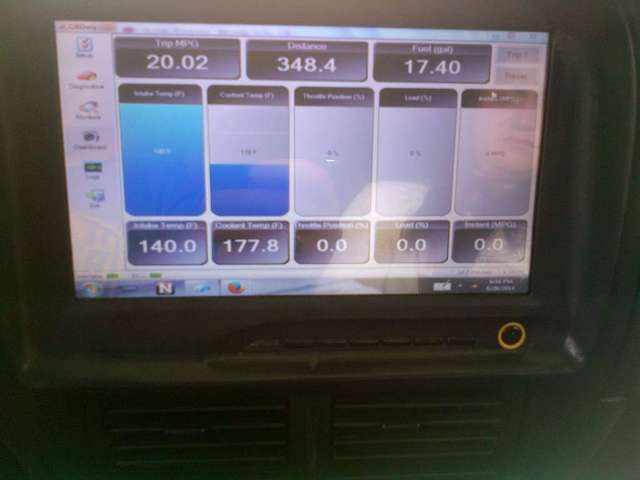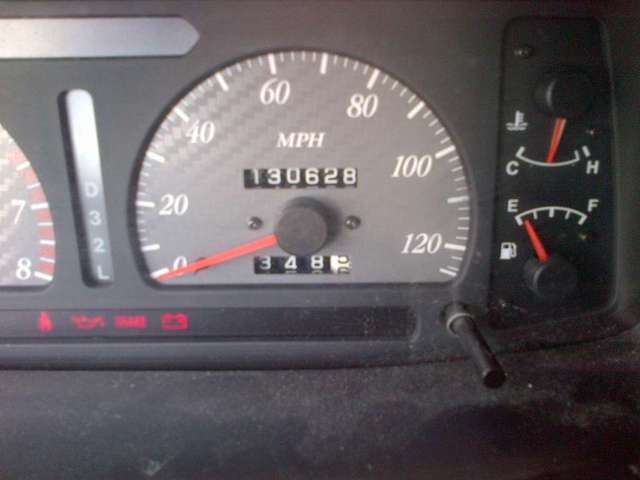
Originally Posted by
Marlin

Our trucks were never designed with ethanol in mind, so it may make a difference.
From everything I learned about computer operation and tuning, ethanol is usable in any ODB2 vehicle (including VX). The injectors and fuel lines haven't been reported as degrading due to ethanol content either.
Though I originally had thought the difference was closer to 10%, materials I've read more recently suggest 5% increase in fuel usage should be expected when running E10 vs gasoline. Even IF closer to 10%, pure gasoline cost THAT much more too -- so there's no gain even if you can find/pay for it. Though it's nice to post numbers, it still hits the pocketbook about the same.
Finally, the O2 sensor is the primary component that IS designed to compensate for differences in fuels. It's "delta" changes with the change in fuel. It sees the need for more fuel and asks the ECM to provide it. Injector pulsewidth (PW) increases with the need for more fuel to get the burn back to a delta of "1". Where some talk about changing AFR from 14.7 to 14.1 that's just a starting point for most ECMs. Ultimately, the ECM is constantly monitoring for any changes in fuel -- whether crappy or E5, E10, or E15. It "knows" how to react by monitoring the O2 sensor.
Because there are limits, it takes a special system to handle something more extreme like E85. ECMs can only compensate so much. In the case of 1st generation ODB1 computers, the tolerance was +/-15%, giving a total "spread" of about 30%. OBD2 computers might be even wider.
I think I heard where they finally are realizing making fuel from corn is/was a bad idea. Seems I heard at least one state was considering LOWERING ethanol content. But, I didn't hear that first hand.
2001 Ebony VX and 1989 Custom 383 Corvette



 Seriously though, don't you just offset whatever savings you gain on the pilot bearing with wear on the clutch and synchros from having to shift and re-engage again? It certainly doesn't feel as smooth to shift in and out of gear as it does to hold the pedal down and let it go.
Seriously though, don't you just offset whatever savings you gain on the pilot bearing with wear on the clutch and synchros from having to shift and re-engage again? It certainly doesn't feel as smooth to shift in and out of gear as it does to hold the pedal down and let it go.

 Reply With Quote
Reply With Quote

 )
)


